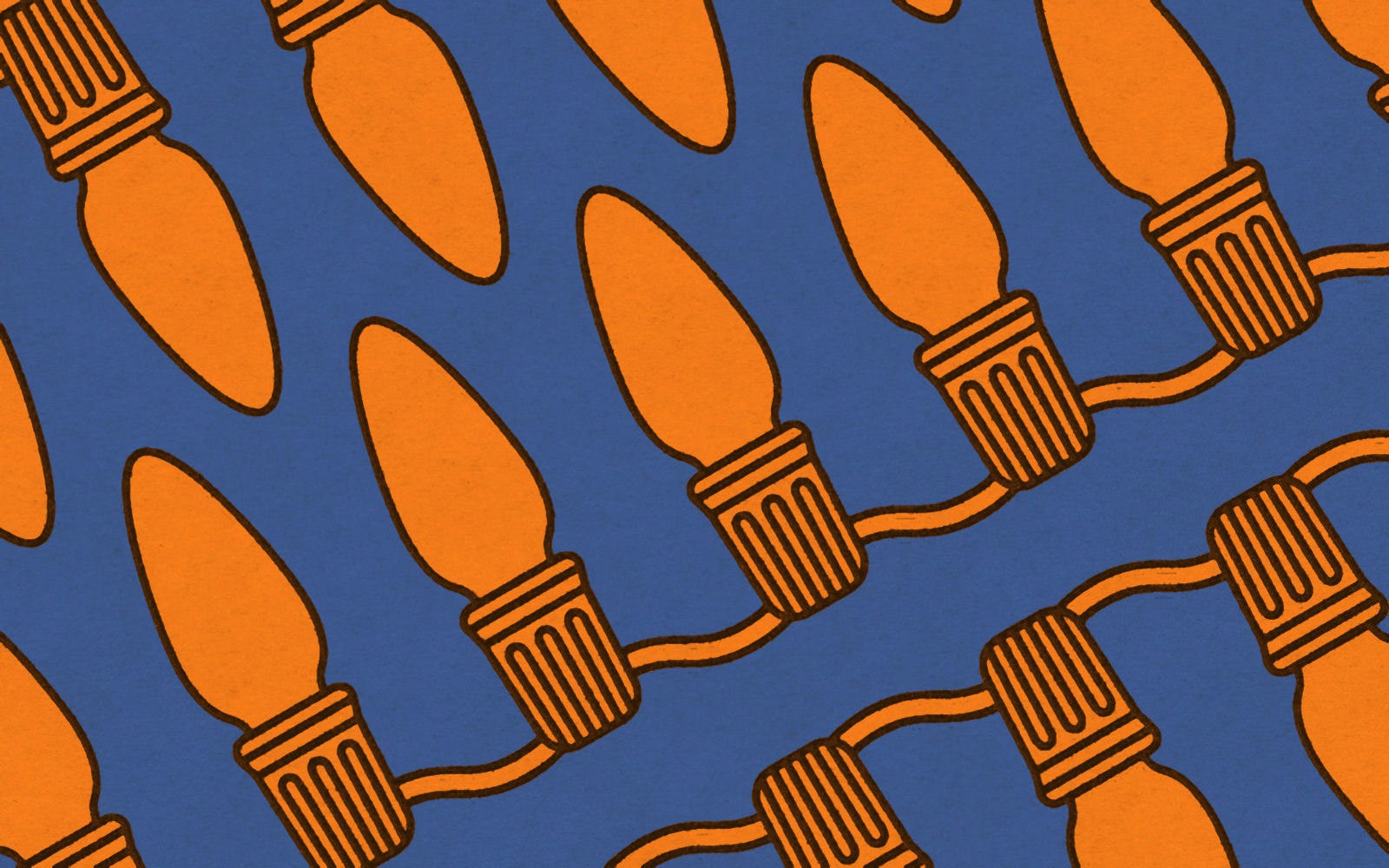"Hanging Christmas lights is supposed to be fun! Grab some peppermint hot chocolate, put on some music, and dive in."
We partnered with our friend Greg Sicotte from Holiday Lighting NW to assemble some helpful tips for do-it-yourself Christmas lighting design, supplies, and safety. Holiday Lighting NW has been hanging lights for Seattle-area customers for decades, providing everything from design consultation, product selection, to installation of landscape lighting, house lighting or both. They purchase product, install it, service it throughout the season, troubleshoot any issues, remove the lights in a way that leaves no trace that the lights were even there, and can even dry, prep and store the supplies for next year.
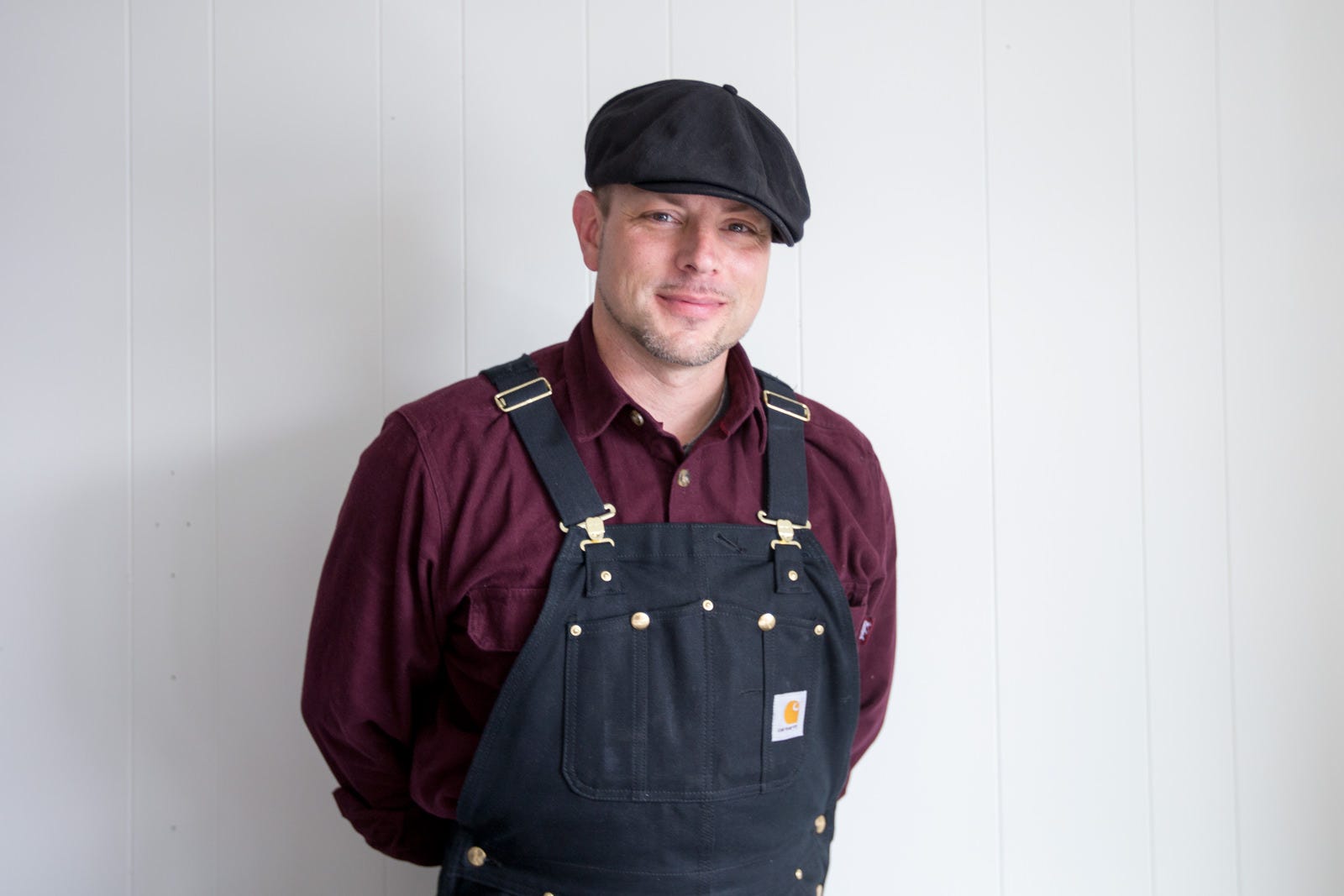
Design
Design should be one of your first considerations. This is supposed to be fun, so grab some peppermint hot chocolate, put on some Christmas music (yes, it's time!), and dive in to your design. Pinterest is a great resource for building mood boards and collecting ideas. You can find everything from really simple, classic designs in all-white, to choreographed lights that spin and flash. There's something for every house in every color scheme. To see some of our favorites, check out our Holiday Lighting Pinterest board.
Color Palette
Right up front, think through your design in terms of color. Red, green, clear, gold, silver, and white are traditional Christmas colors, but using multicolored decorations is an option too, and if you're hanging lights for a winter holiday other than Christmas (like Kwanzaa or Hanukkah), those have their own traditions.
Layout
Take a piece of paper and pencil outside to the curb, look back at your home, and consider where you’re planning to hang lights. Along gutters and up and down gables are common places, and can give a cheery outline to your home. Deck railings and landscaping are other options that provide good anchor points. Take some measurements from the ground and know the lengths of your runs. Before you finalize any design, consider whether you're comfortable actually getting to the spot where you'd have to reach to hang lights. If you're not, either change your plan or call an expert (like Holiday Lighting NW). Christmas lights are not worth a nasty fall!
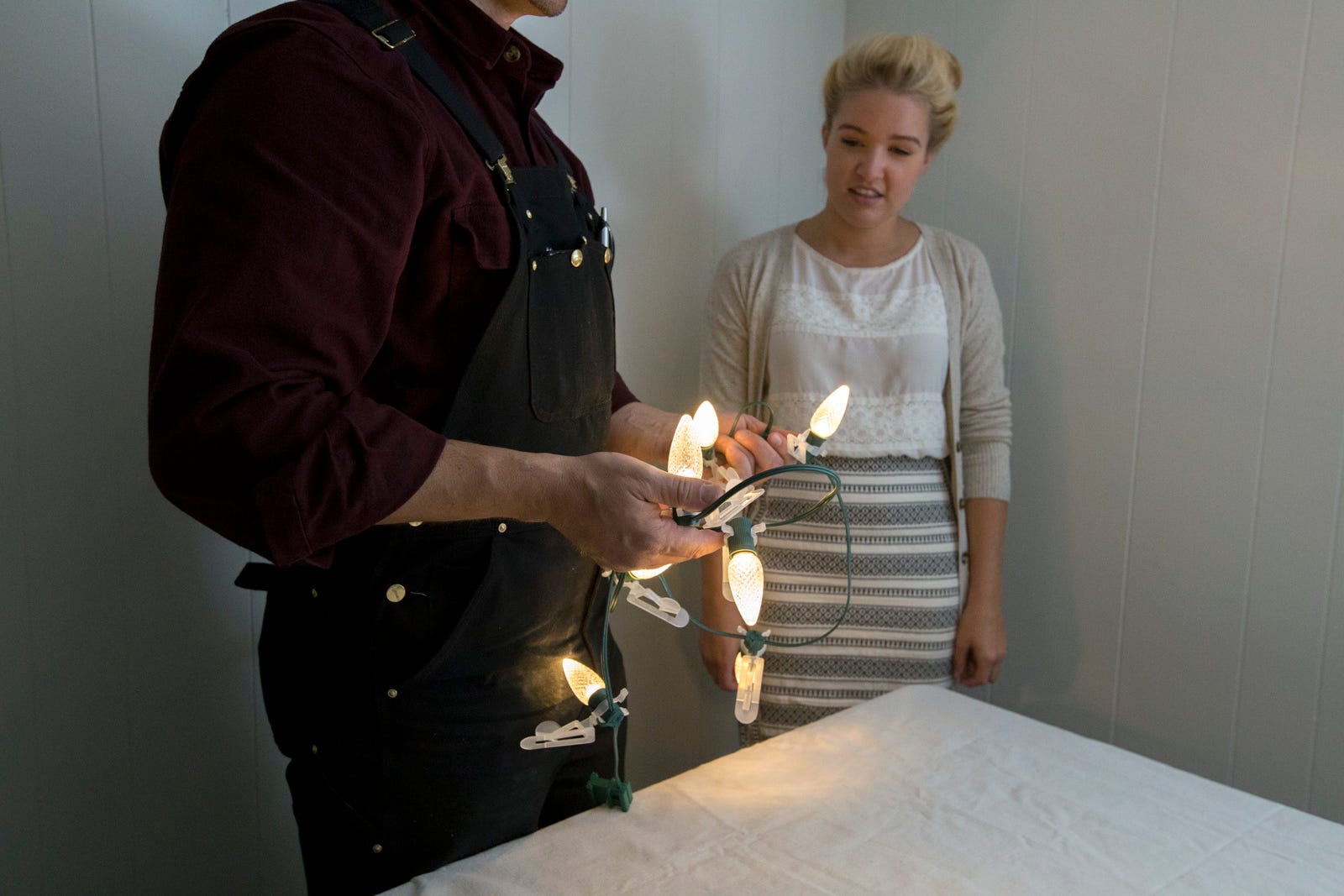
Electricity
Consider where your power is coming from. Are there electrical outlets outside the home? Most homes built before the 1990's do not have dedicated circuits for outside electrical outlets, so the circuits may not be able to take everything you’d envisioned. If you’re a kindred spirit to Martha May Whovier (from The Grinch Who Stole Christmas), you may overload your circuits. For safety reasons, you should know what your electrical capabilities are. A lot of times, people will try and plug too much in. While the lighting works, that's great, but often just plugging in a hair dryer or the natural cycle of the refrigerator can be enough to overload the circuits. This comes down to fire safety, so it's a big deal. Consult an electrician if you're not sure.
Bulbs
So you’ve thought about color—now let’s talk bulbs. Your options are between incandescent lighting versus LED lighting.
Incandescent lighting gives a traditional, warm, look. The bulbs come in different sizes as well as different shapes. These bulbs use a lot of power though, so your electricity bill will have a few extra dollars tacked on.
LED lighting is becoming more and more popular, mostly because the bulbs are more durable and they use less electricity than incandescent bulbs. They are also cooler to the touch and of course are available in a variety of shapes and sizes too.
There are a couple of drawbacks to LED, which merit consideration: Some people think the bulbs look like they flicker. This isn’t because they’ve had too much eggnog! LED lights do flicker many times per second. Many people don’t notice this, but some do. If the house on the corner had LED lights last year that drove you crazy, it’s likely you’re not going to choose LED for yourself. In terms of reliability of the light string, there's no benefit to LED over incandescent.
The other thing about LEDs is that you need to know what you’re getting when you choose “white.” Many LED bulbs give off cool white light, which has a kind of blue tint to it. Many people find this light too harsh and cold. There are also warm white LED bulbs; these will give a look closer to an incandescent bulb that gives off a more yellow, "vintage" light. LED bulbs themselves are typically faceted so they disperse the light a little bit better.
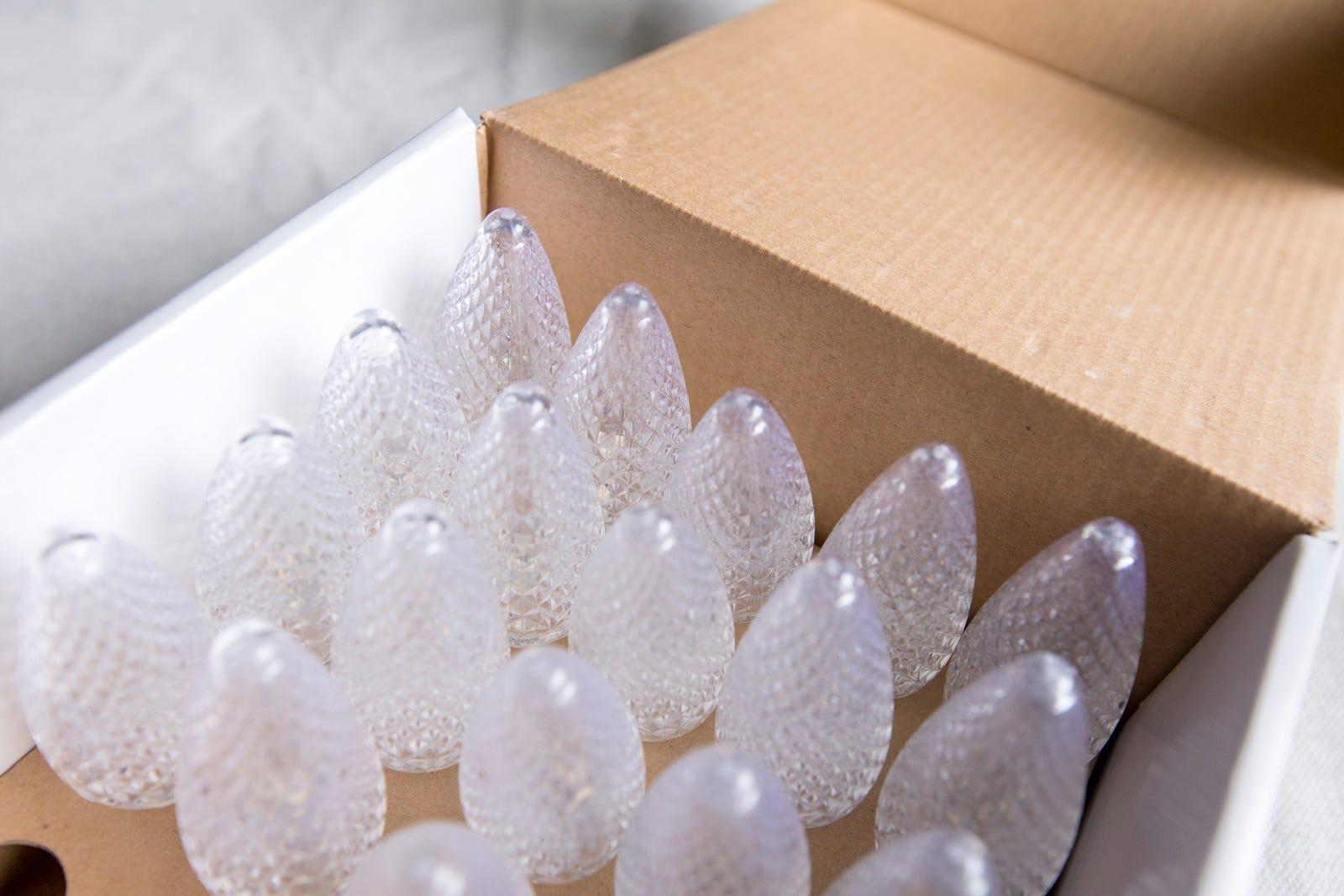
Light Strings
Here’s where your layout and design meet up with reality. There are many types of Christmas lights sold in the store. We’ve talked about color, shape, type, and size of bulb, but look closely at the bulbs you have or are going to purchase: there’s a lot of fine print information on the box. Here are some questions to consider:
How long are the strings of light? More importantly, how long is the lit section of the string? How many strings can you plug together in a line? How far apart are the bulbs on the string? Every 6-inches? One per foot? What if the lights in the store don’t lend themselves to what you’d envisioned? What if the lengths of strings are wrong, or the color combinations aren’t available, or the bulb-to-bulb spacing doesn’t match your design?
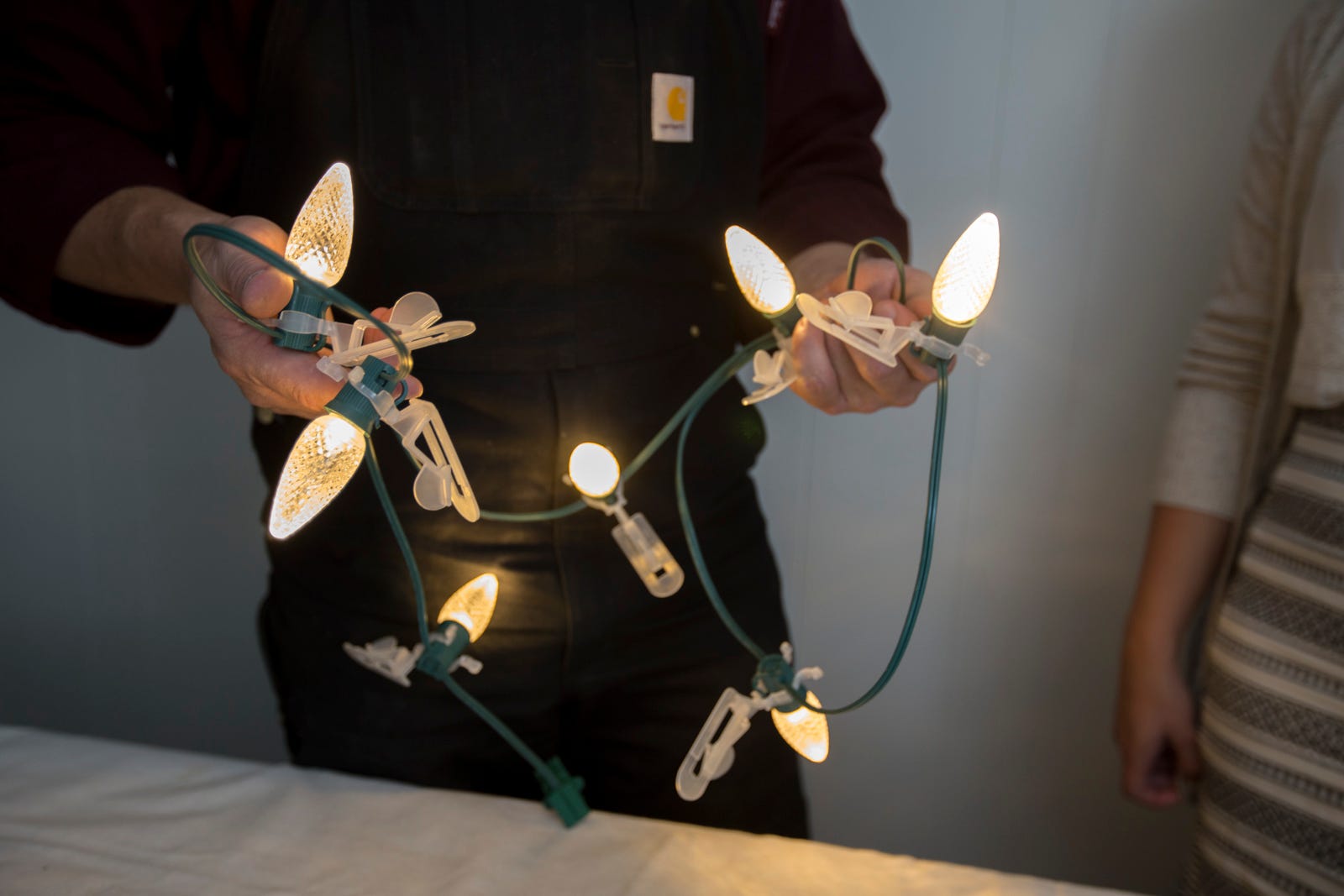
Supplies
Here’s a shortlist of the things you’re going to need to gather. Greg suggests thinking of this process like cooking a big meal: it helps to have everything prepped, laid out, and within reach before you start working.
- Exterior extension cords
- Electrical adapters
- Electrical Tape
- Zip Ties
- Ladder
- Lighting
- Multi-purpose lighting clips
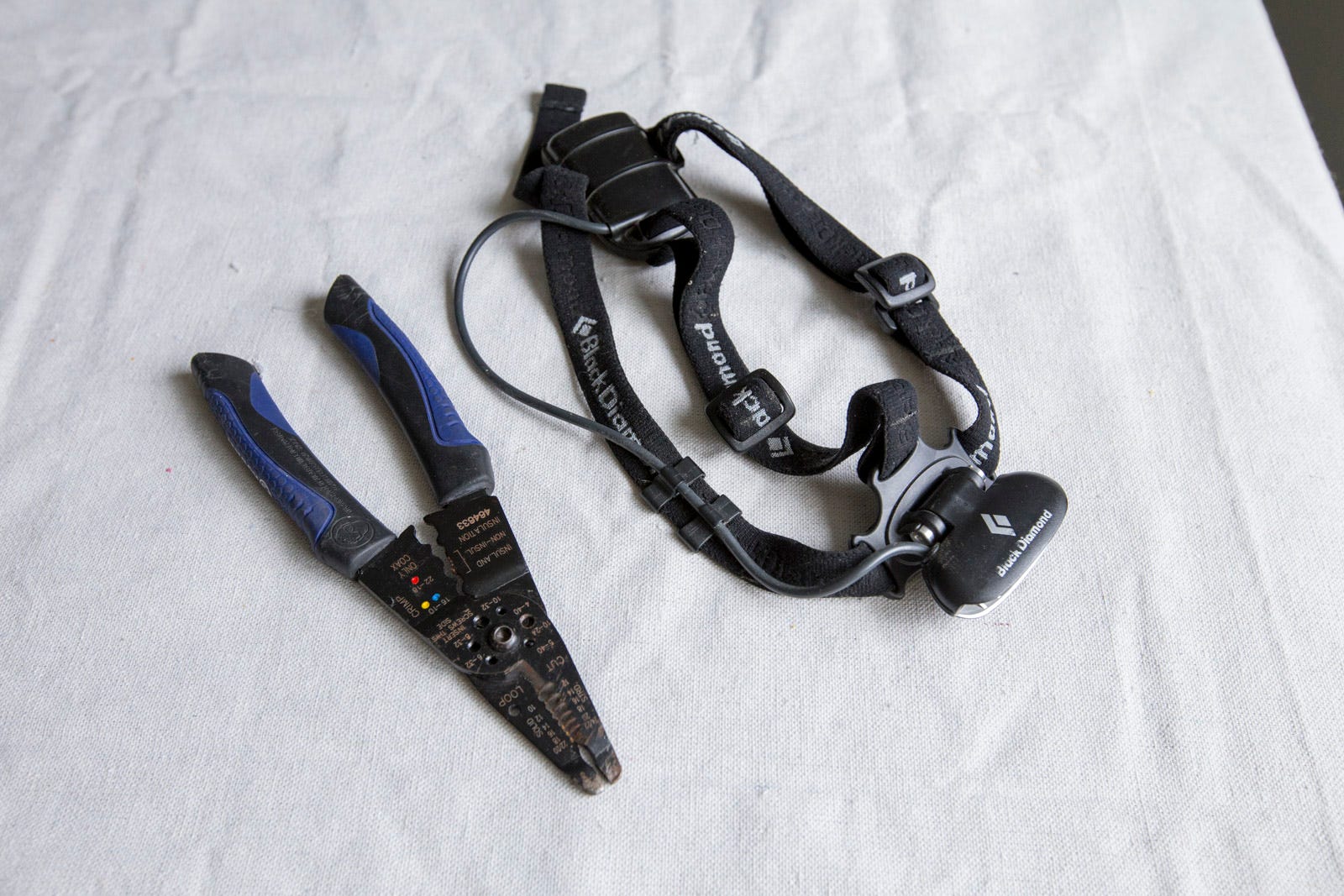
Safety
Many serious accidents happen when people are installing temporary lighting! Be smart. If you’re using a ladder, made sure it’s rated for your weight (plus whatever you’re carrying), it’s on a level and non-slip surface. You may feel like you're just a stretch away from securing the last strand, but if your ladder is placed on a slippery surface, in stretching you could wind up on the ground. (If you hire someone to install your holiday decor, make sure you use a business that is licensed and bonded, like Holiday Lighting NW. Nothing will ruin your holiday faster than an uninsured accident.)
A couple more tips: Don’t install lights that are plugged in, and dress appropriately for the weather: You may need rain gear, gloves, hat, and a headlamp. Keep in mind that the closer we get to the end of the year, the earlier it will get dark.
These are the key points to a great, safe, successful holiday lighting project. Go ahead and make it yours!



